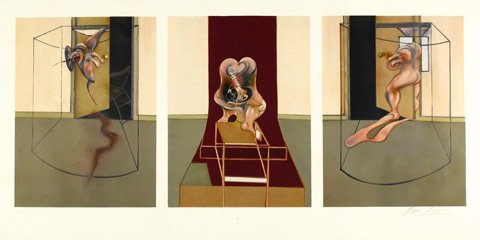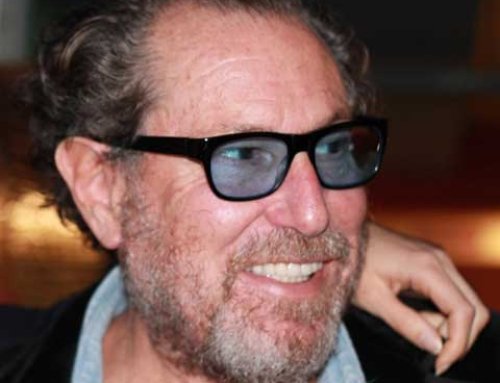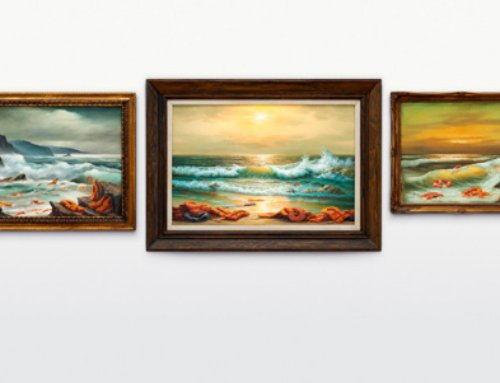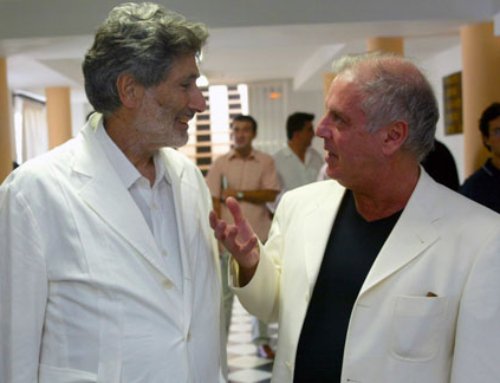“Triptych Inspired by the Oresteia of Aeschylus” by Francis Bacon fetched $84.6 million at Sotheby’s, giving the high-end art market a boost after a months-long slump caused by the pandemic.
Estimated at $60 million to $80 million, the 1981 trio of paintings was the top offering at the marquee sales of contemporary, Impressionist and modern art sales. Sotheby’s guaranteed the work, consigned by the foundation of Norwegian businessman Hans Rasmus Astrup, who has displayed it at his private museum in Oslo since 1993. Proceeds from Monday’s sale will help expand and diversify the museum collection, Sotheby’s said.
The global art market has been in a rut since March. The three consecutive evening sales generated $363.2 million, topping Sotheby’s low estimate of $326 million for the entire series. The auctions are crucial in setting a new bar for investment-grade works, dealers said. Sotheby’s, Christie’s and Phillips typically hold their marquee semi-annual sales in May and November, but the May 2020 events were postponed.
The art market passed its first test “with flying colors,” said Oliver Barker, the event’s auctioneer. He was in London, taking bids on screen from colleagues around the world as clients participated on the web or by phone. Until now, the most expensive work sold online at Sotheby’s was Ivan Aivazovsky’s seascape, at 2.3 million pounds ($2.8 million) on June 2. The priciest item purchased by an online bidder was a $6 million pair of diamond earrings in 2016.
An online bidder from China competed for the Bacon work up to $73.1 million. It sold to the client of Gregoire Billault, Sotheby’s head of contemporary art in New York. The auction record for a Bacon was set in 2013, when his triptych of Lucian Freud fetched $142.4 million at Christie’s.
“Untitled (Head),” a 1982 drawing of a skull by Jean-Michel Basquiat, fetched $15.2 million, a record for the artist’s work on paper, surpassing the high estimate of $12 million.
The series will conclude Tuesday with the day auction of contemporary art.
More about triptychs by Francis Bacon
The Irish-born British artist Francis Bacon (1909–1992) painted 28 known large triptychs between 1944 and 1985–86. He began working in the format in the mid-1940s with a number of smaller scale works before graduating to large examples in 1962. He followed the larger style for 30 years, although he painted a number of smaller scale triptychs of friend’s heads, and after the death of his former lover George Dyer in 1971, the three acclaimed “Black Triptychs“.
Bacon was a highly mannered artist and often became preoccupied with forms, themes, images and modes of expression that he would rework for sustained periods, often for six or seven-year periods. When asked about his tendency for sequential or repetitive paintings, he explained how, in his mind, images revealed themselves “in series. And I suppose I could go long beyond the triptych and do five or six together, but I find the triptych is a more balanced unit.”
He told critics that his usual practice with triptychs was to begin with the left panel and work across. Typically he completed each frame before beginning the next. As the work as a whole progressed, he would sometimes return to an earlier panel to make revisions, though this practice was generally carried out late in the overall work’s completion.
As of 2020, half of the triptychs are in public collections.






